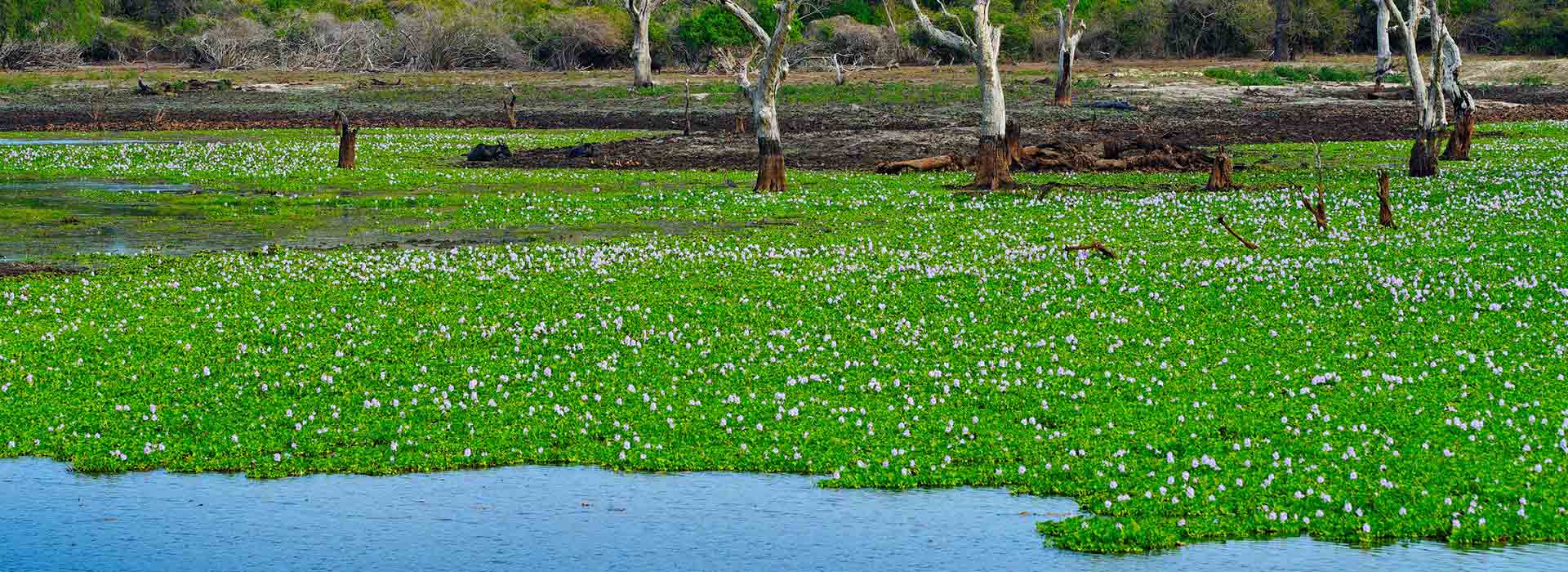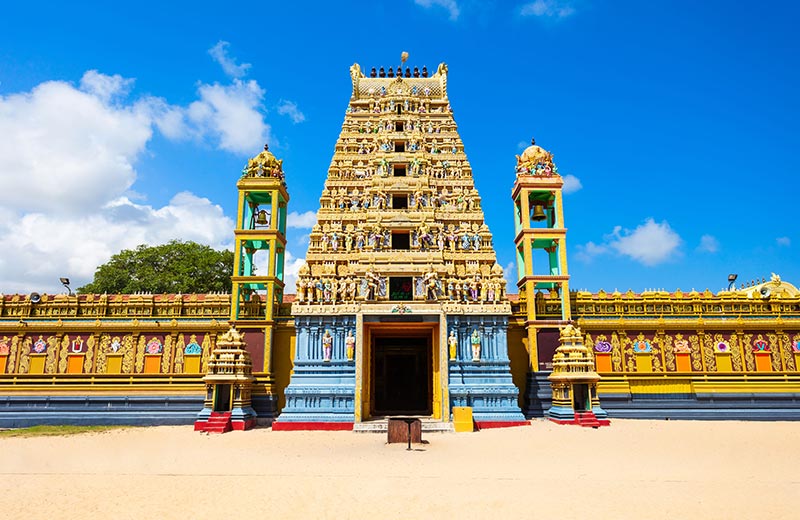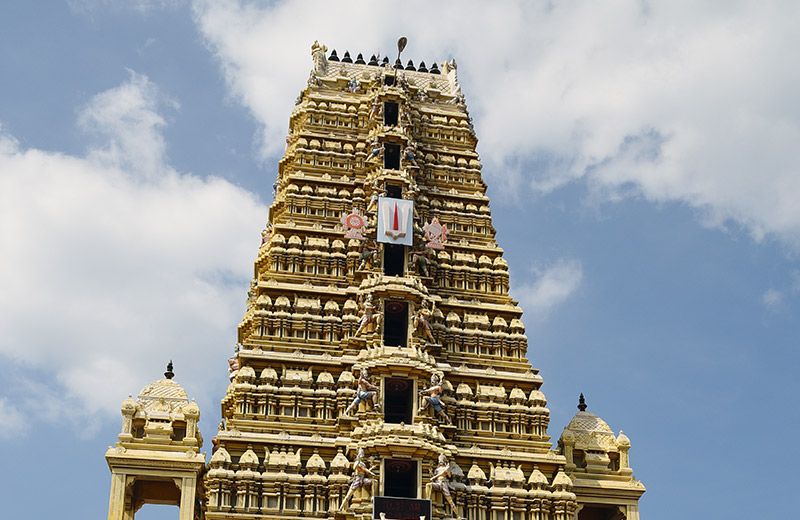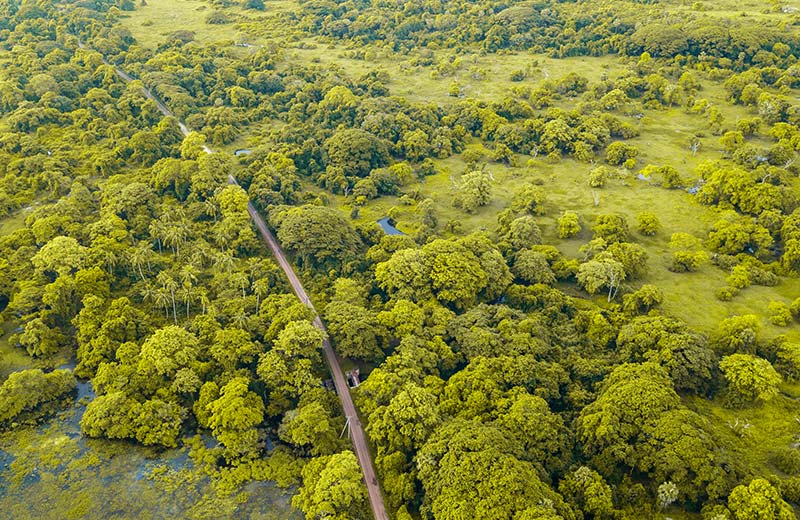Anawilundawa Wetland Sanctuary
Situated between Sri Lanka’s major towns of Chilaw and Puttalam, the Anawilundawa Wetland Sanctuary covers an area of 1,397 hectares and is one of Sri Lanka’s six designated Wetlands of International Importance (or “Ramsar Sites”, named for the International Ramsar Convention signed in 1971).
A Sanctuary of Unique Eco Systems
The sanctuary is considered unique for its collision of three distinct eco-systems: the forest wetlands (including the mangrove- and freshwater-swamps); the coast’s saltwater ecosystem; and the freshwater lakes. This exceptional melding of environments has resulted in the creation of a unique ecological nesting and breeding grounds for hundreds of bird species.
The sanctuary benefits from an ancient system of giant manmade tanks built in the 12th century, each connected to the other and working in tandem to form a complex irrigation system that sustains its paddy fields and local vegetation, while simultaneously creating a natural habitat for the birds that build their homes in the area. The tanks are also vital for the survival of vulnerable species of fish, mammals, reptiles and amphibians.
Diversity and Best Season to Visit
The Wetlands are home to more than 150 species of birds; 20 species of mammals; 70 species of butterflies; and more than 50% of Sri Lanka’s freshwater fish species. To spot the rarer migratory birds that visit the area, the sanctuary is best visited between October and April. It is an ideal attraction for birdwatching, hiking and boat-ride adventures, and the area is quickly becoming one of Sri Lanka’s most important ecotourism sites.



